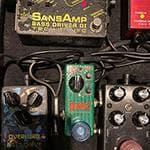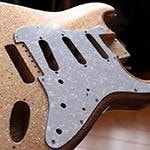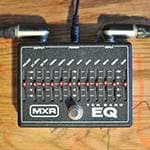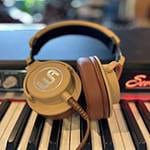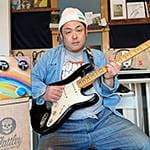No way out. The labyrinth of polyphonic analog synthesizers
This is the final installment of Part III of the polyphonic analog synthesizer review, continuing on from the previous article.
In Part II of the previous article, I came to a tentative conclusion about my labyrinth of analog polyphonic synthesizers. In terms of sound, it was overwhelmingly the Oberheim.
I thought that this would settle the matter, but there was the problem that the Xpander did not have a keyboard. I would continue to drift about in search of an analog polyphonic synthesizer with a keyboard that I had not yet seen.
From analog synthesizers to sampling and analog modeling
Analog polyphonic synthesizers were later replaced by digital synthesizers with sampling oscillators.
I also bought several synthesizers with sampling oscillators.
These included the Ensoniq ESQ-1 and SQ-R (sound source), Quadra Synth, and Vintage Keys (sound source).
Digital synthesizers use sampling, so they can produce very similar sounds, but the sound itself is rather flat, and when used in a band, there was a tendency for it to get lost in the background. The sound didn't come forward. In addition to this, the sound of sampling synthesizers at the time was inorganic and thin. Nowadays, they have been greatly improved...
I think that many people at the time had similar impressions. The answer I came to was, as I thought, “analog polyphonic synthesizer”.
However, analog polyphonic synthesizers are heavy and expensive. Tuning is also unstable. The technology that was born to dispel this was called “analog modeling”. Analog modeling is a technology that simulates the circuits of analog synthesizers using digital technology, and it is now possible to produce sounds equivalent to analog synthesizers.
The leading brand in analog modeling is Nord
Nord became a leading brand. The Nord Lead analog modeling synthesizer was a huge success around the world, with famous users including Hiromi Uehara and George Witty, the keyboardist for the Brecker Brothers band. The unstable tuning of analog synthesizers is not a problem with digital processing, and the Nord Lead is about half the weight of conventional synthesizers, making it very easy to use. And above all, it was praised for its great sound.
I also wanted to buy a Nord Lead, but because it was so expensive, I bought a different analog modeling synthesizer.
Nord Lead A1 analog modeling synthesizer
The Waldorf Blofeld Keyboard sounded better than I expected
I bought the Waldorf Brofeld keyboard. The Brofeld was about half the price of the Nord Lead. It weighed about 8kg, which is heavier than the Nord Lead, but still much lighter than an analog poly synth.
The sound quality covered a wide range of sounds from digital to analog, and it was a very easy-to-use synthesizer with a good sound.
However, compared to pure analog, it had the impression of being lacking in fullness.
What I really wanted was a genuine analog synthesizer with an analog process.
There were also some points about the thickness of the sound that I was not satisfied with on this Brofeld keyboard. Compared to analog poly synths, analog modeling synths lack the wavering aspects of the sound.
It does have a good analog sound, but it's somehow linear and lacking. I wasn't able to get the thick, blurred brass and pad sounds of the Oberheim out of the modeling.
I ended up selling this Brofeld too and buying a Sequential TAKE5.
⇒ Sequential (Dave Smith Instruments) / Synthesizer list
I personally had no complaints about the sound of the TAKE5. The thickness of the sound, the way it blends, it's no wonder that it's a poly synth that carries on the tradition of the classic Prophet 5. A report on the TAKE5 can be found in Keyboard Maniacs' Drifting Diary 75. It was the ideal analog polyphonic synth I had been hoping for. If I could be picky, I would say that it would be even better if it had eight notes instead of five.
PROLOGUE 8 notes is…
The TAKE5 synthesizer was a poly-synth with high specs that was close to my ideal image of a synthesizer in terms of sound and weight.
After that, Sound House was selling the PROLOGUE 8-notes synthesizer at a sale price. It's not a 5-note poly, but an 8-note poly... I couldn't help but click the button (lol).
I think that the PROLOGUE is the pinnacle of synthesizers developed by Korg during their enthusiastic development of analog synthesizers.
Korg / PROLOGUE-8 Analog Synthesizer
Although the sound is different from that of the TAKE5, the sound quality is far superior to that of the Polysix, the first poly synth I bought. The sound is slightly thinner than the TAKE5, but it has a certain tenacity and thickness. And while the TAKE5 has 5 notes, the PROLOGUE has 8. I think this is a big advantage. Even if you play with both hands, the sound won't cut out. It also has built-in effects, and weighs 7.5kg. It's not heavy.
It has been about 45 years since the analog polyphonic synthesizer, the Prophet 5, was first released. If a synthesizer of the same class as the PROLOGUE 8-voice synthesizer had existed in 1978, it might have cost over 2 million yen. Now, it costs about 150,000 yen. I can't help but be amazed at the progress of technology.
PROLOGUE 8 notes... I think that there will probably never be another analog polyphonic synthesizer released with this kind of sound and these specifications. I think that this is a kind of ultimate analog polyphonic synthesizer that Japanese manufacturers have achieved in terms of price, weight and specifications.
The final destination of analog poly synths...
I feel like I've seen a kind of ultimate that the synthesizer, the dream instrument that can play all the notes has reached, by only playing single notes.
There are not many manufacturers currently making analog polyphonic synthesizers. I think there are various problems, such as problems with the supply of semiconductors and costs. However, I don't think the analog synthesizer sound that musicians seek will disappear.
The PROLOGUE 8 notes synthesizer has become my ideal synthesizer. I think that this synthesizer will become a milestone in the history of analog polyphonic synthesizers, which have been around since the 1970s.
I was finally able to escape from the labyrinth of analog polyphonic synthesizers with the advent of this instrument.
The column “sound & person” is made possible by your contributions.
For more information about submissions, click here.





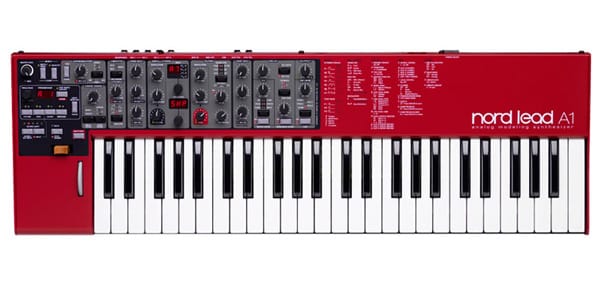
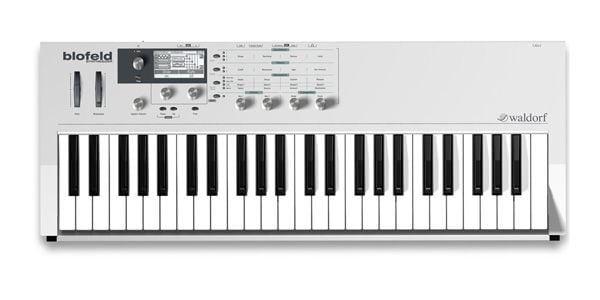
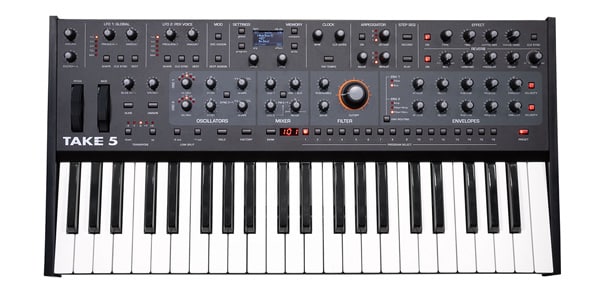
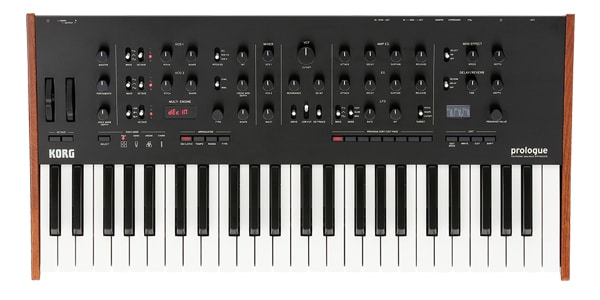




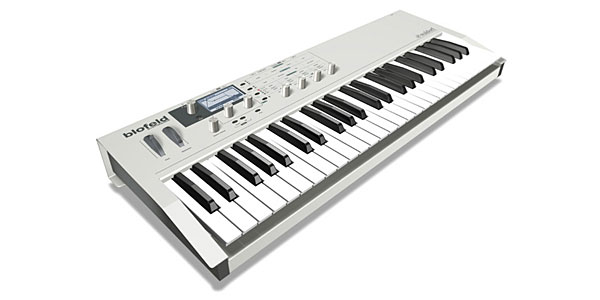
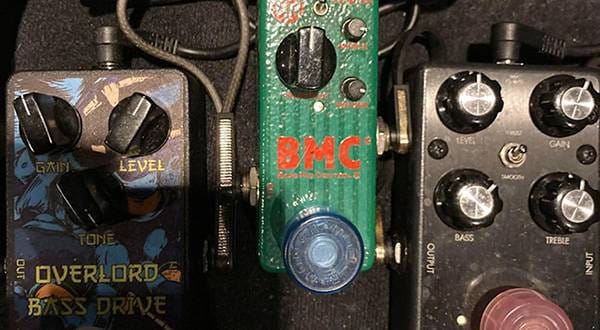
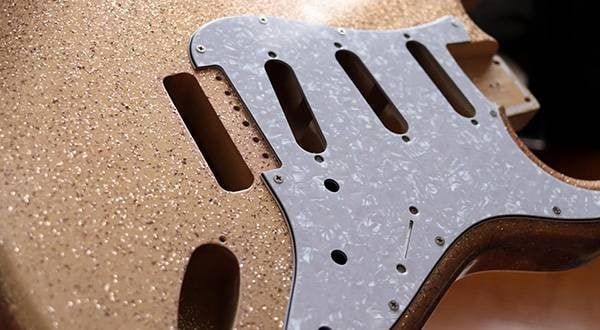
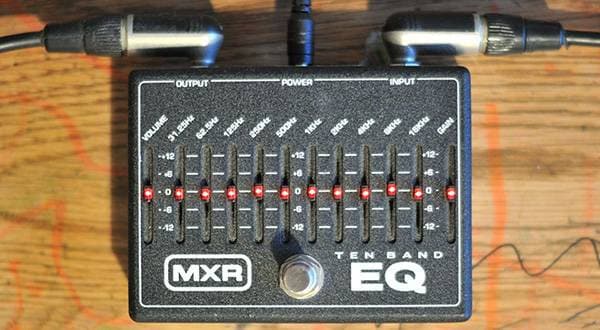
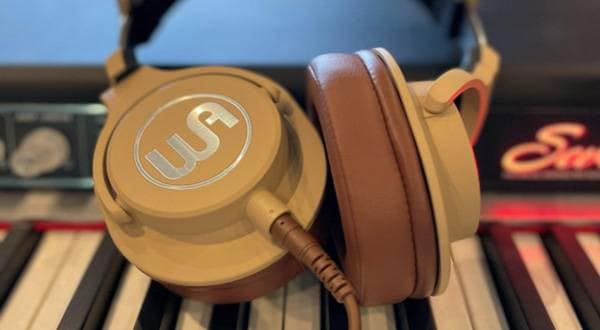

![[2025 Latest Edition] Choosing a Synthesizer/Popular Synthesizers Ranking](/contents/uploads/thumbs/2/2022/9/20220916_2_19446_1.jpg)
![[2025 Latest Edition!] Popular Modular Synthesizer/Semi-Modular Synthesizer Ranking [Recommendations]](/contents/uploads/thumbs/2/2021/12/20211202_2_15495_1.jpg)
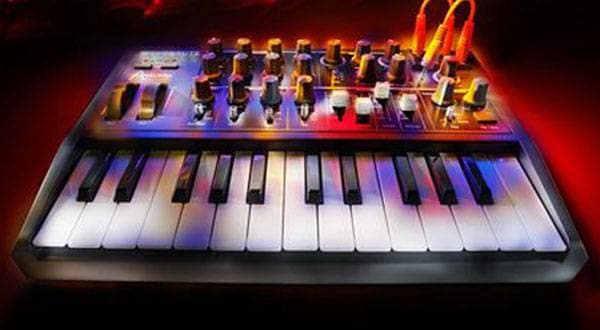
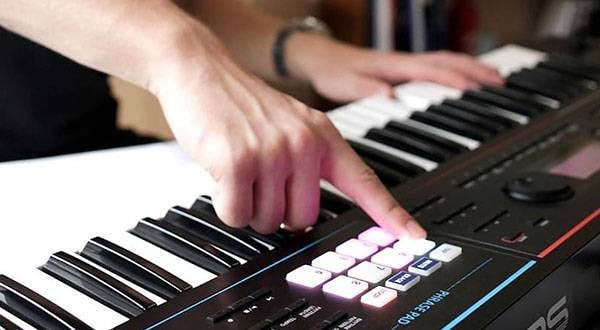
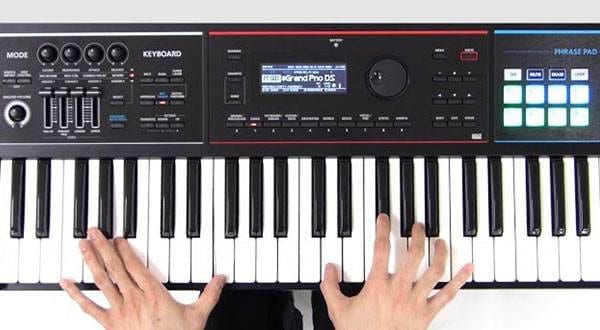

 USB接続対応のMIDIキーボード
USB接続対応のMIDIキーボード
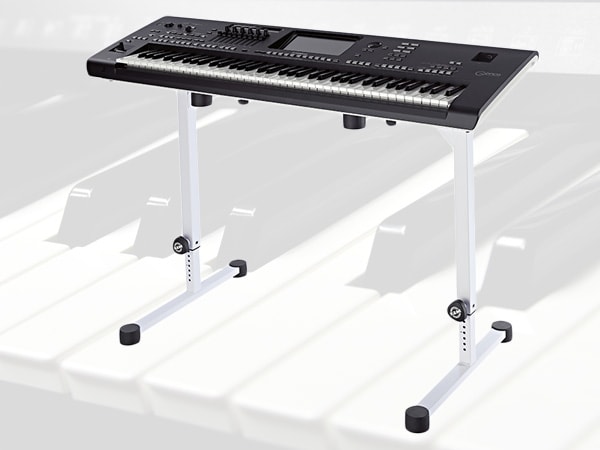 キーボードスタンドの選び方
キーボードスタンドの選び方
 超オススメのフレーズ道場 キーボード
超オススメのフレーズ道場 キーボード
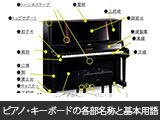 ピアノ・キーボードの各部名称
ピアノ・キーボードの各部名称
 キーボードスタートガイド
キーボードスタートガイド
 キーボード・ピアノ講座
キーボード・ピアノ講座
